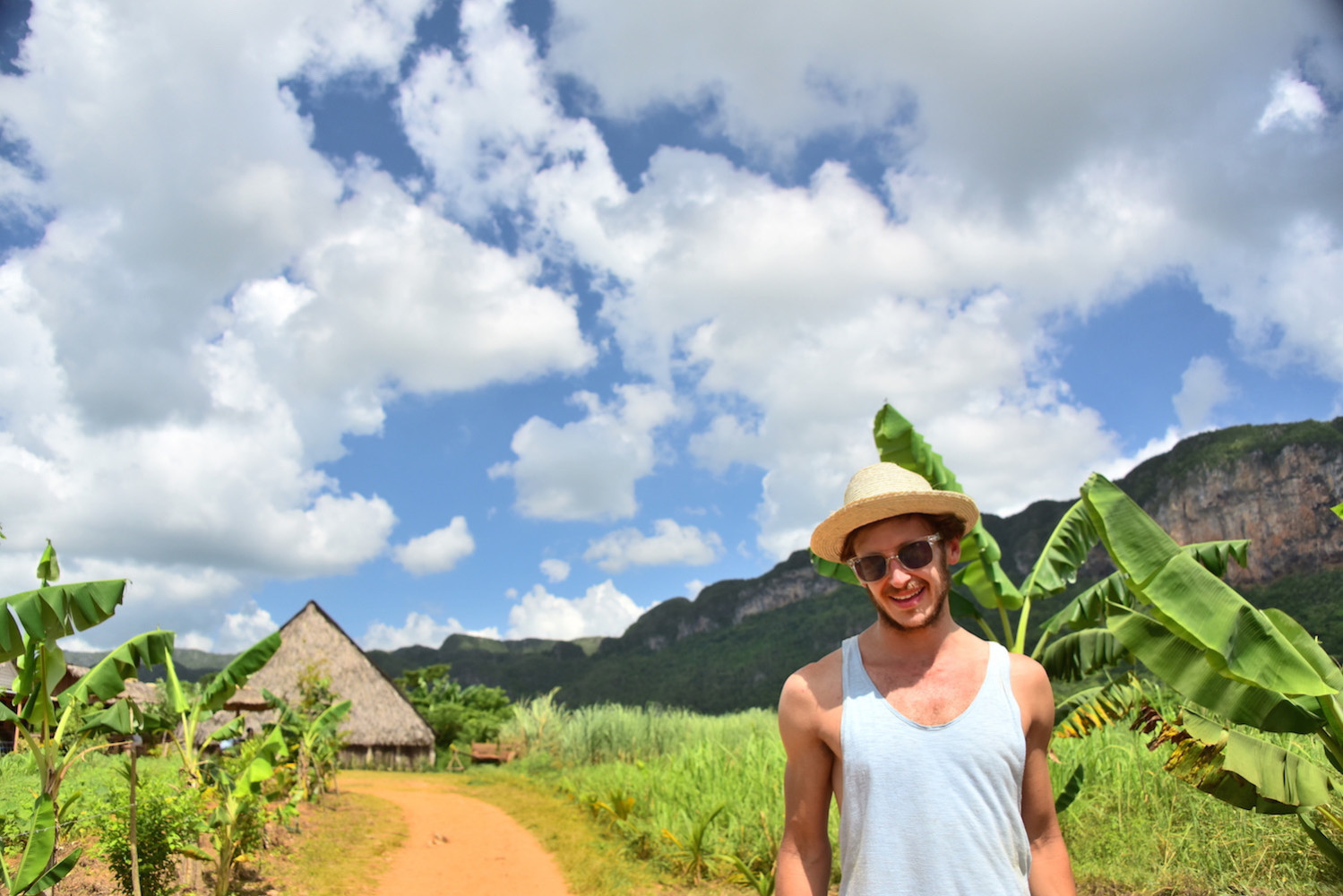Initially, I wanted nothing more than to photograph the cigar-smoking man, whose royal blue jersey was the perfect foil to the green mountains behind him, and the red path he walked upon. But I abandoned my usual M.O. – to snap my picture as discreetly as possible, then to stroll past my subject as if it had never happened – and spoke to him.
“Va usted a Viñales?” I let my camera fall to my side.
He nodded.
I smiled and bid him farewell, when I stopped to consider an important possibility. Maybe he made that cigar himself?
He turned around, as if he’d read my mind, then removed the cigar from his mouth to speak. “Quieren cigaros frescos?”
The speed with which Domingo made the cigars was so quick that the stages of the process blurred together, a fact the impossibly picturesque setting where we sat and watched him compounded: A tiny table tucked inside a tiny hut the exact color of his jersey, where he rolled tawny tobacco into cigars for us to smoke.
“Cuando estoy en Cuba,” I answered, when he asked me if I liked smoking cigars – I was too ashamed to tell him it was my first time, even if my anxious demeanor made this clear. Dora smiled confidently: She was a pro. Chanel fell somewhere in-between us.
I suppose I should introduce you to Chanel at this point. A fellow blogger I’ve known online for years, Chanel just so happened to be waiting for the same Havana-bound Cubana flight as Dora and I in Cancún. We got along famously, and while we didn’t spend a lot of time together in Havana, we did venture to Viñales as a group.
Speaking of which, I hope you won’t mind if I continue my story.
“Tranquilo,” Domingo insisted, as his wife poured us cups of fresh coffee, grown on his family farm like the tobacco and, I presumed, the bananitas we enjoyed as we waited for him to finish all of our cigars. “Fumar es para tranquilate – y necesitas estar tranquilo si quieres bien fumar.”
But it wasn’t just the coffee that had me feeling so wired.
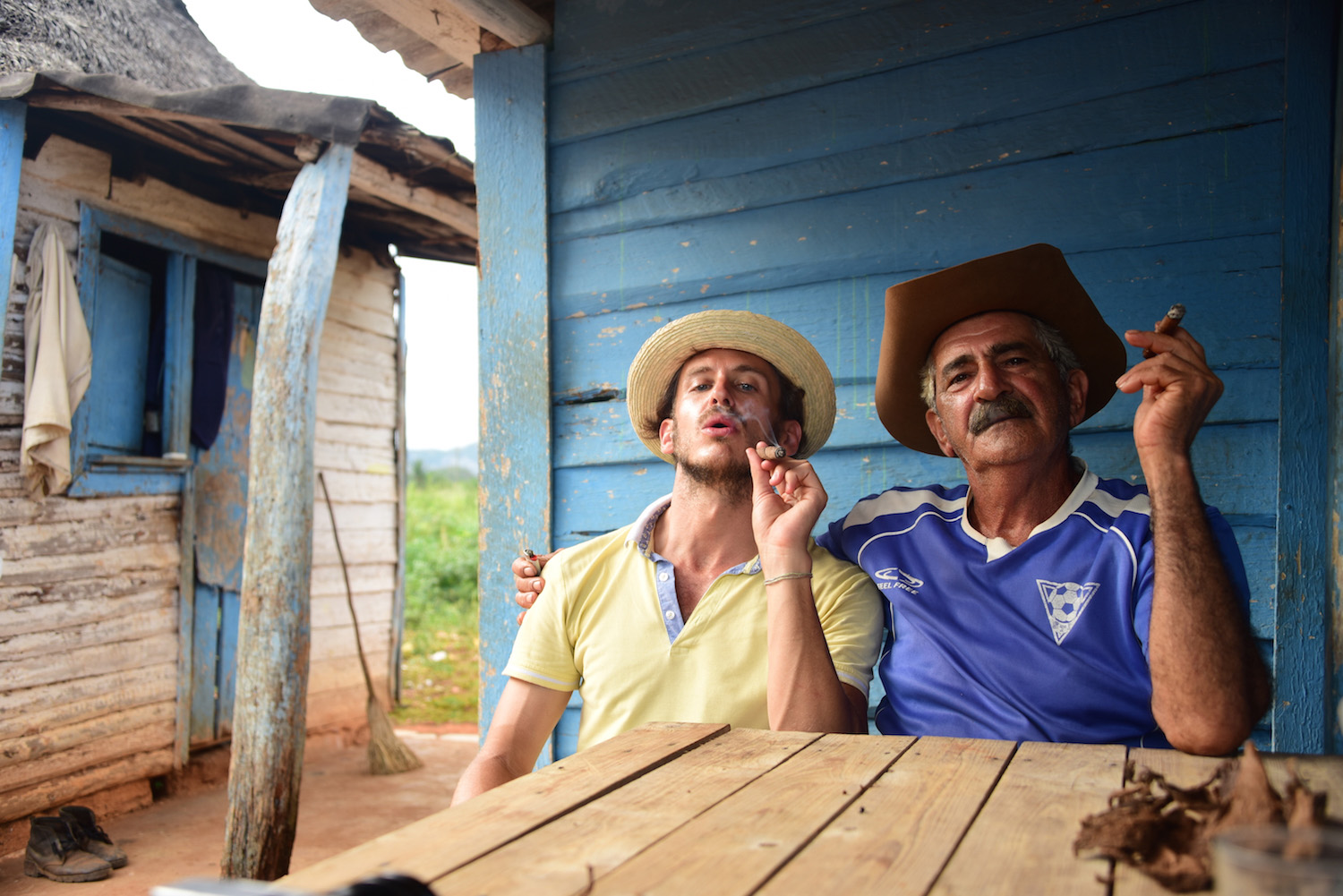
I hadn’t imagined I would smoke the first cigar of my life in Cuba, let alone one freshly-made by a tobacco farmer. Truth be told, I hadn’t imagined I would ever smoke a cigar at all, which is likely why my deflowering rendered me nauseous and unable to sit upright.
Thankfully, we were on our way out, until the next morning anyway.
“Mañana a las 9?” Domingo confirmed, as we paid – against his wishes – for our refreshments, so that we could get back to our casa particular before dinner.
A nod was all I had in me – I was far too lightheaded to respond with the word “sí.”
I hope this subsides before we get back in town, I said to myself, afraid to ruin Chanel’s and Dora’s moods ahead of the three of us exploring Viñales. I seriously think I’m going to pass out.
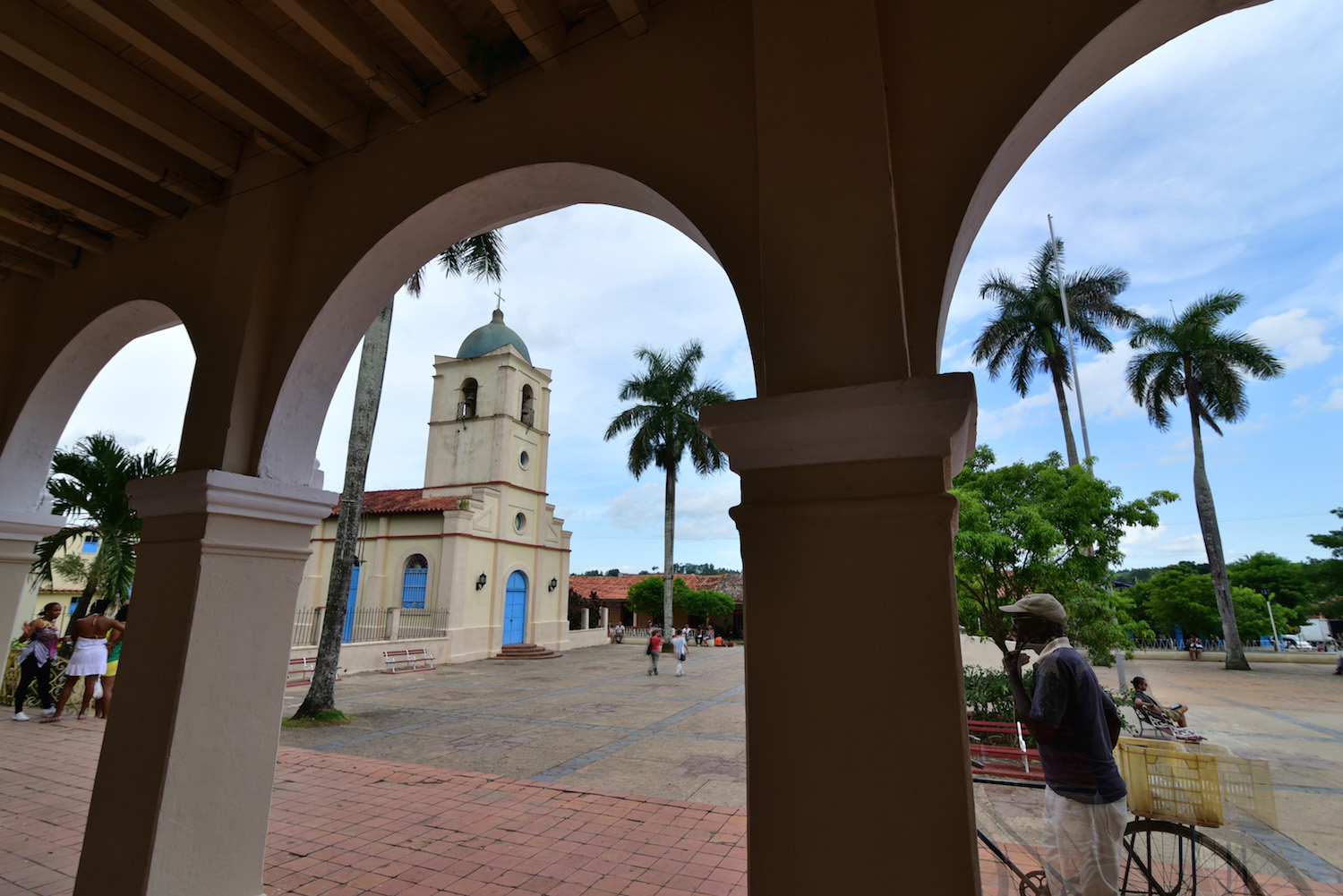

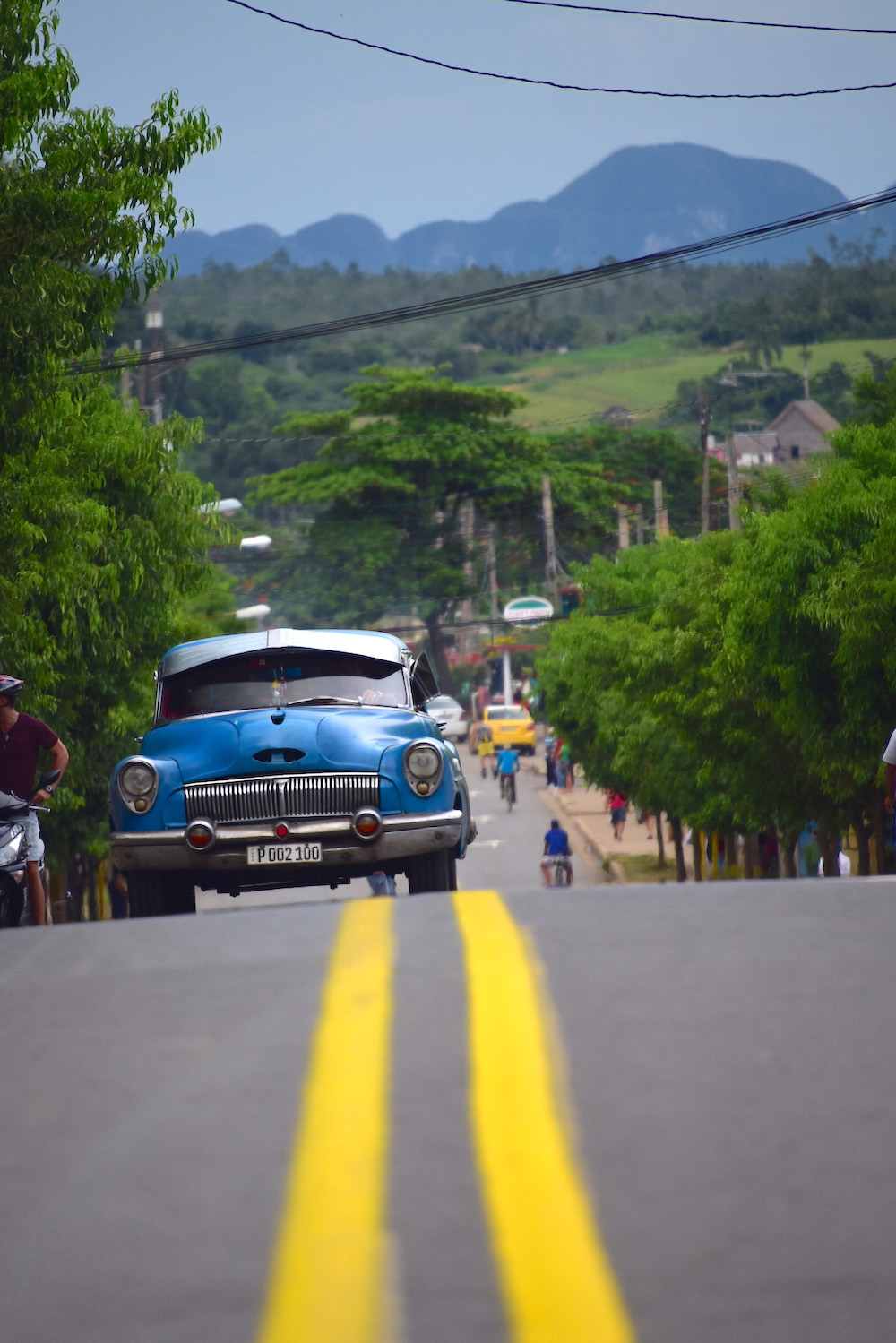
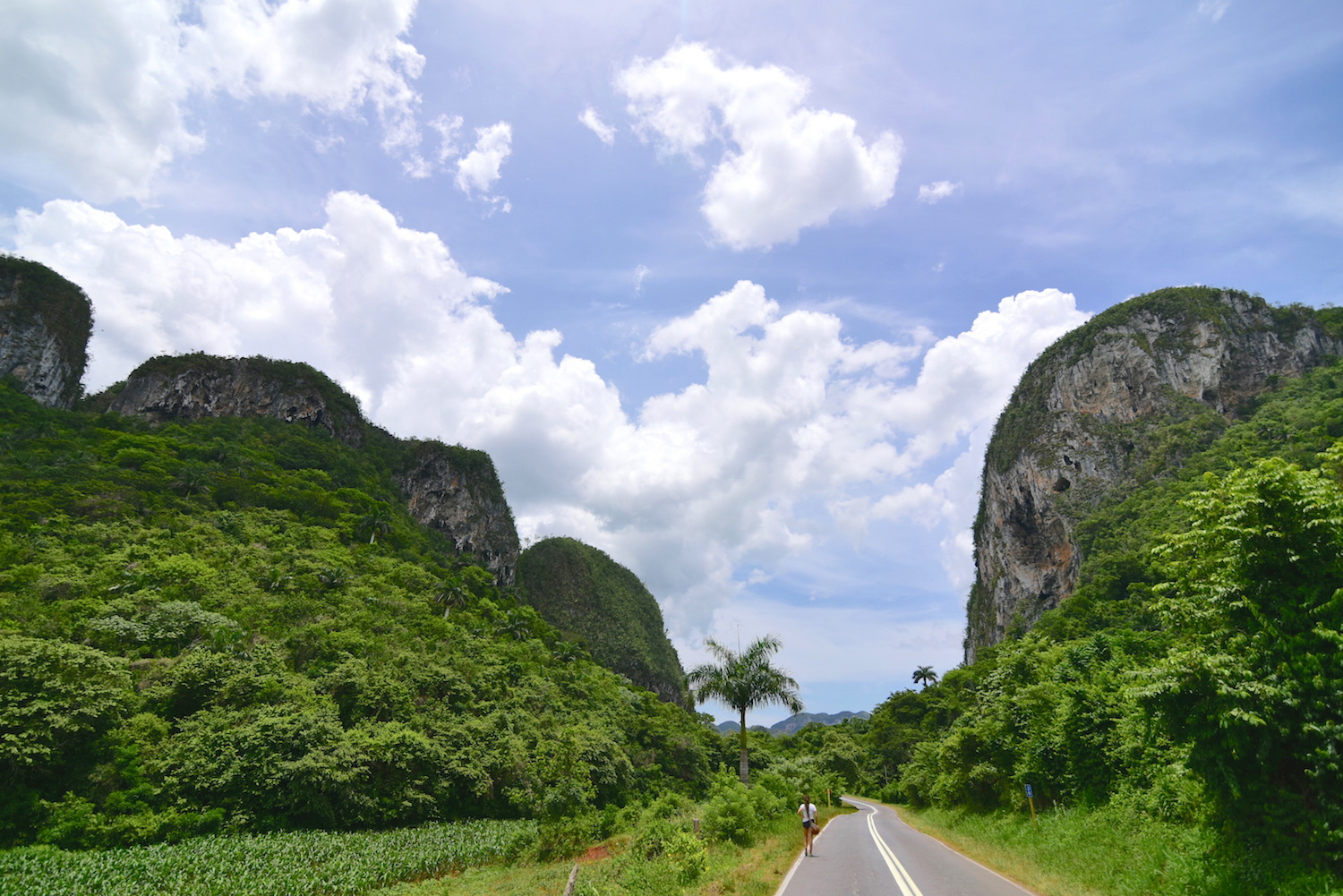
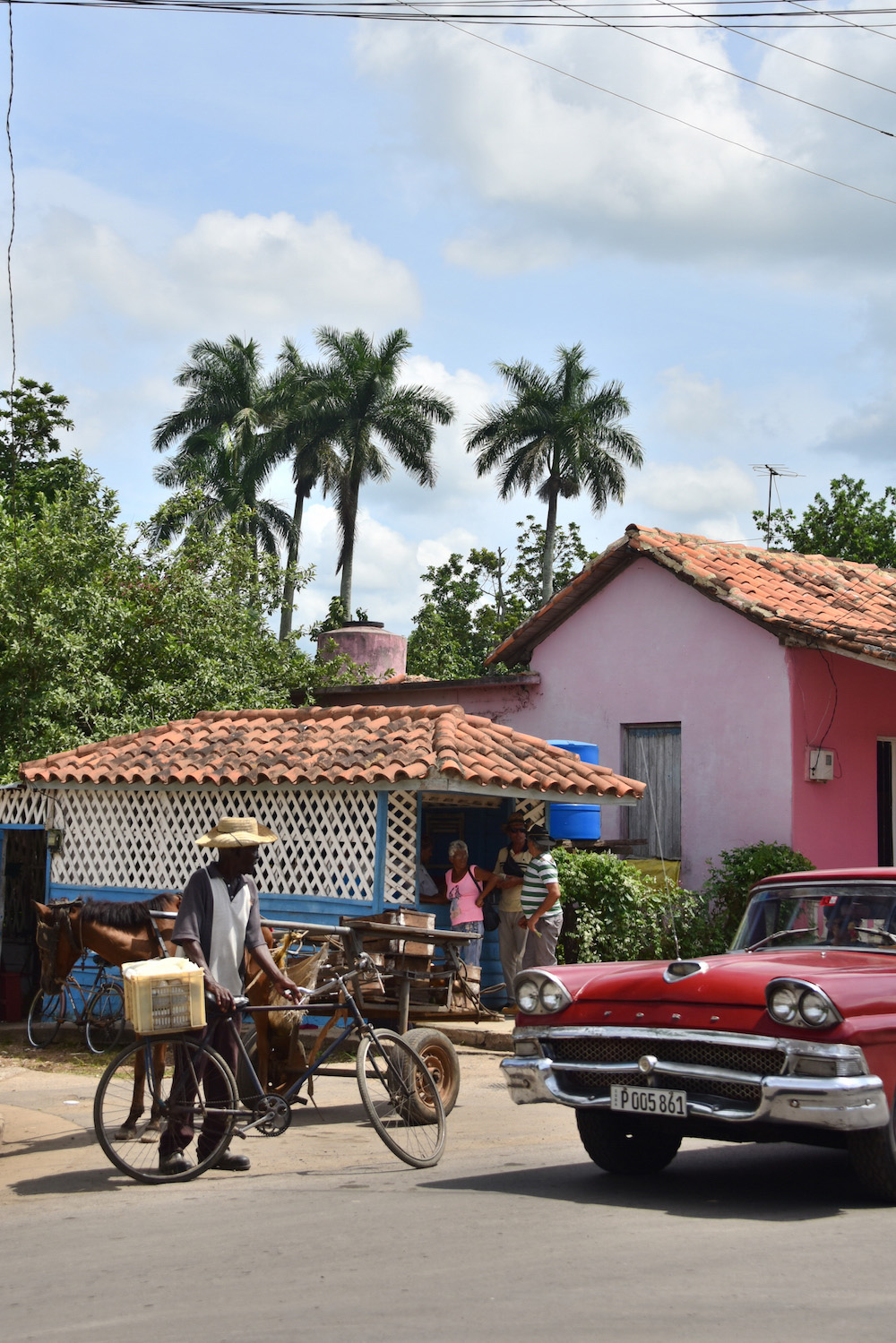
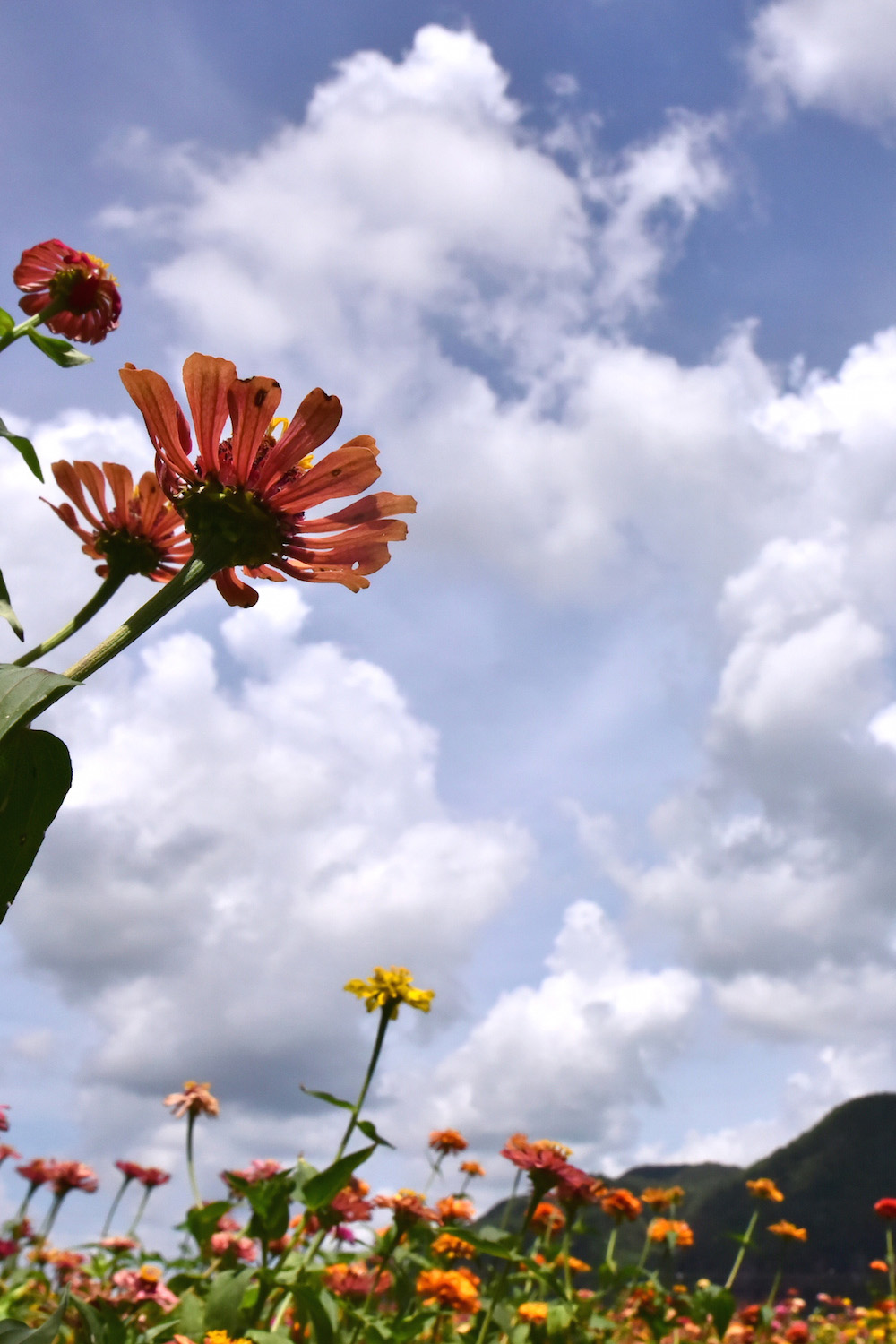
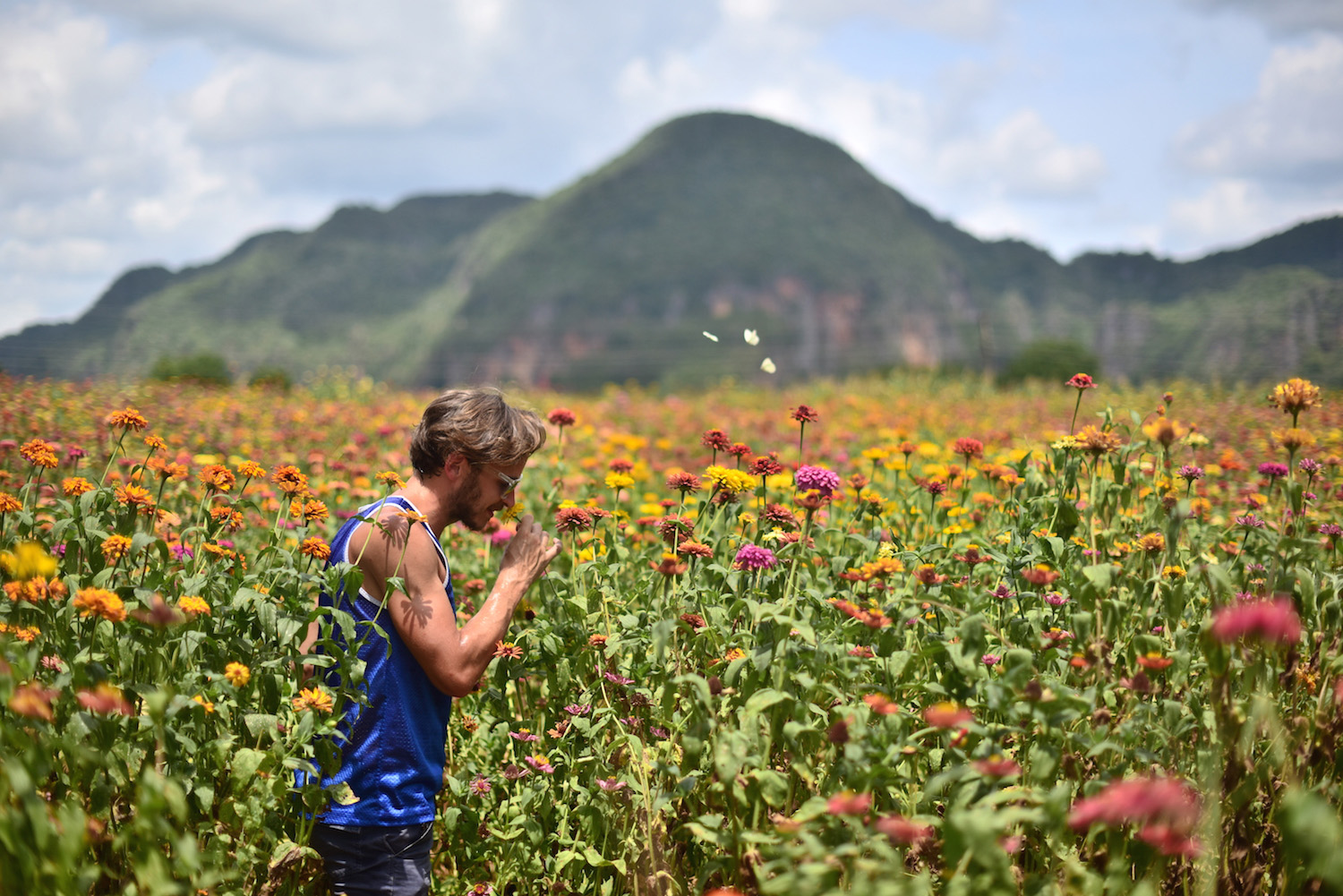
The town of Viñales is classic Cuba, even if the very classicism of Cuba is extremely novel to me. Old cars not unlike those in Havana slowly rolled up the hill into town, the mountains of cigar country blurred in the background.
“It seems like every casa here is a casa particular,” Dora laughed. “Guess that explains all the white people.”
“They might be socialists,” Chanel laughed, as we crossed the street to the town’s picturesque cathedral, “but they practically invented Airbnb.”
After a few group shots in front of the church’s gorgeous blue door, Chanel and Dora began chatting with some local men about a salsa performance would be taking place there later that evening. Well, that’s what the two girls were talking about – the men clearly had other things on their mind.
In my head, which was thankfully un-fogged from the tobacco haze I was in, I was back at Domingo’s house, albeit smoking my cigar much more carefully this time.
It all seemed so surreal to me: Cuba is like a movie, only everyone’s the star, including you.
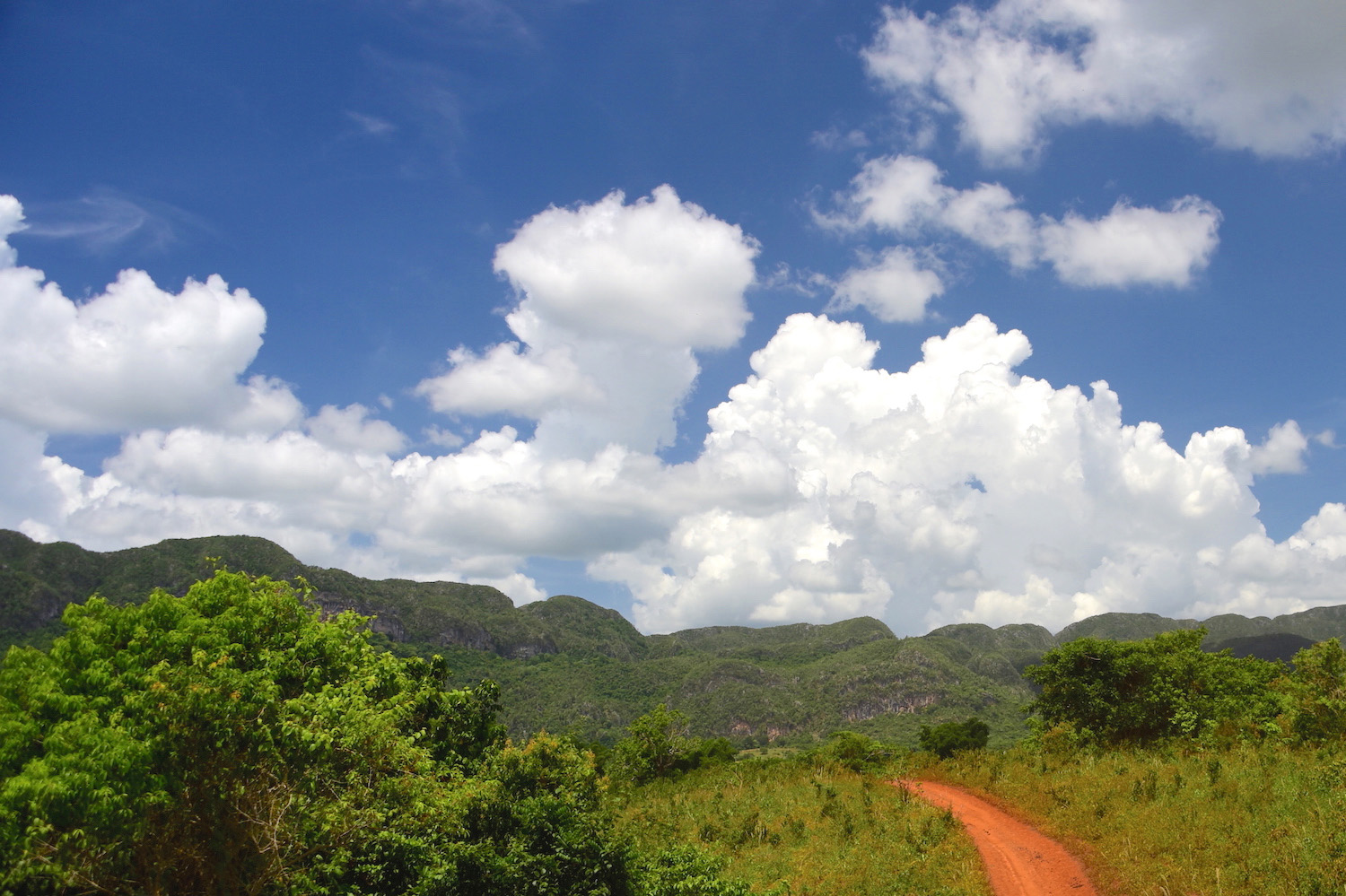
“Como eso?” I said, and hoisted myself up on the horse in one go.
I was shocked at how easy it was – I hadn’t ridden a horse in…well, aside from one or two church carnivals during my childhood, I’m not sure I’ve ever really ridden a horse. Camels, yes, but not really horses.
It was early enough in the morning that the sun had not fully come over the mountains just to the south and west of Viñales, and Dora and Chanel were still drinking the coffee Domingo’s wife had made for the three of us in advance of our ride into the cigar country.
The lighting proved perfect to showcase the beauty of the area: The cobalt of the sky, the jade of the mountains and the palms that plastered them and the rusty red of the road our horses trotted upon.
Over each hill, the rest of the world seemed less and less like it actually existed, as if the only task I would have for the rest of my life was to reach the end of the path I was on. Each progressive church-shaped Secadera de Tobacco seemed more and more house-like, as if some undiscovered native tribe slept inside it, alongside the drying tobacco.
Actually, I laughed to myself as I peered inside one to test my hypothesis, That’s probably not too far from what most of my fellow Americans actually think about Cuba.

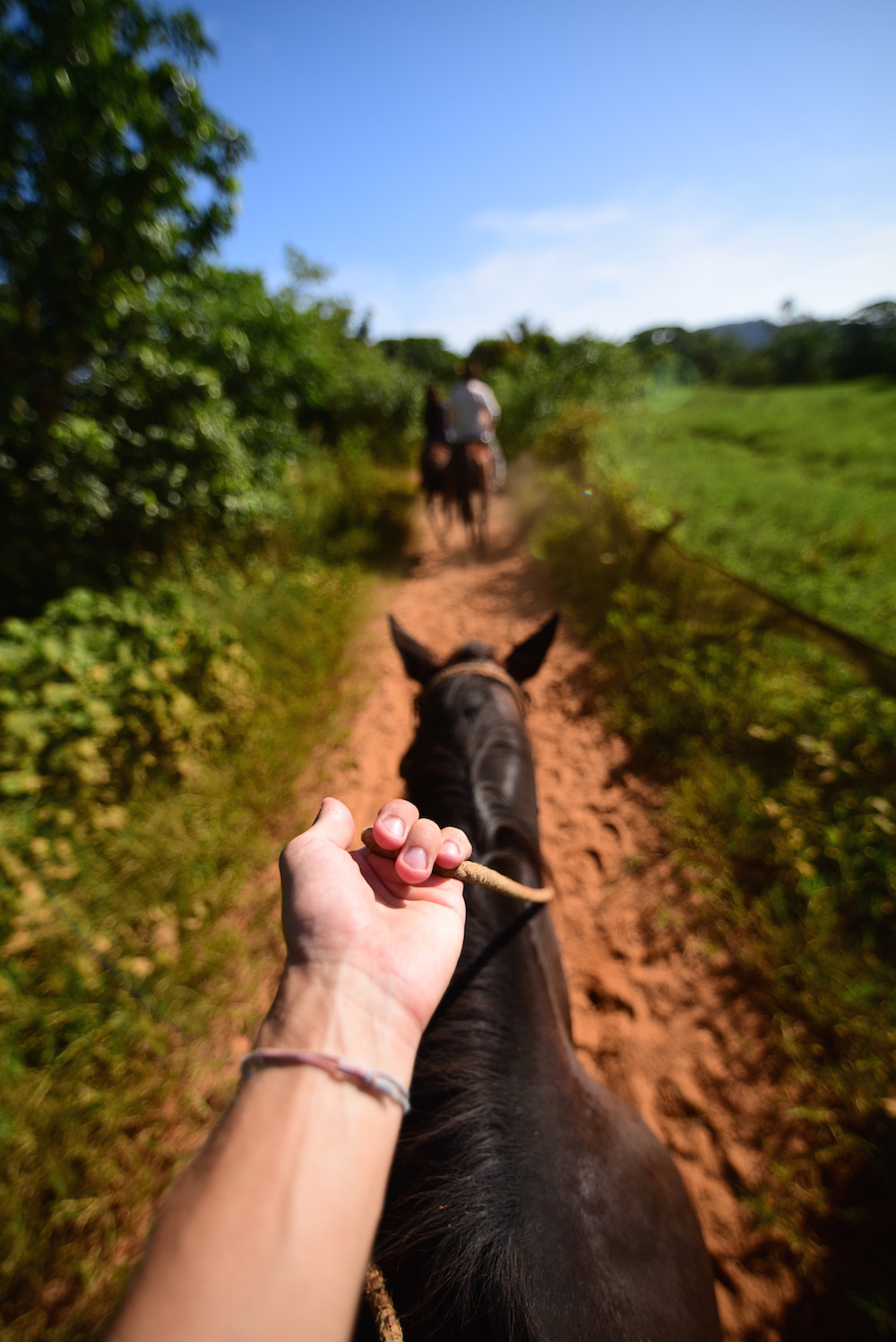
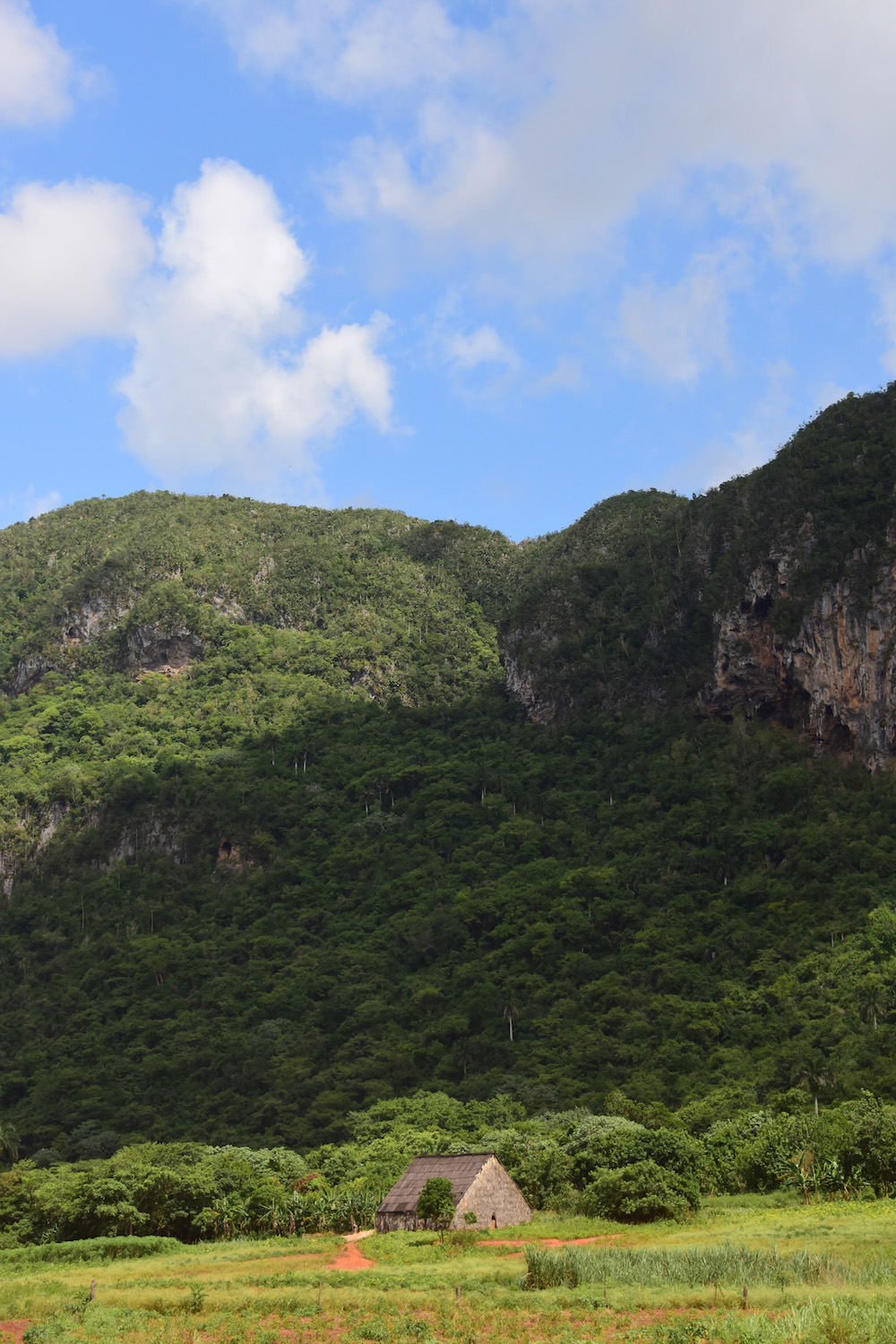
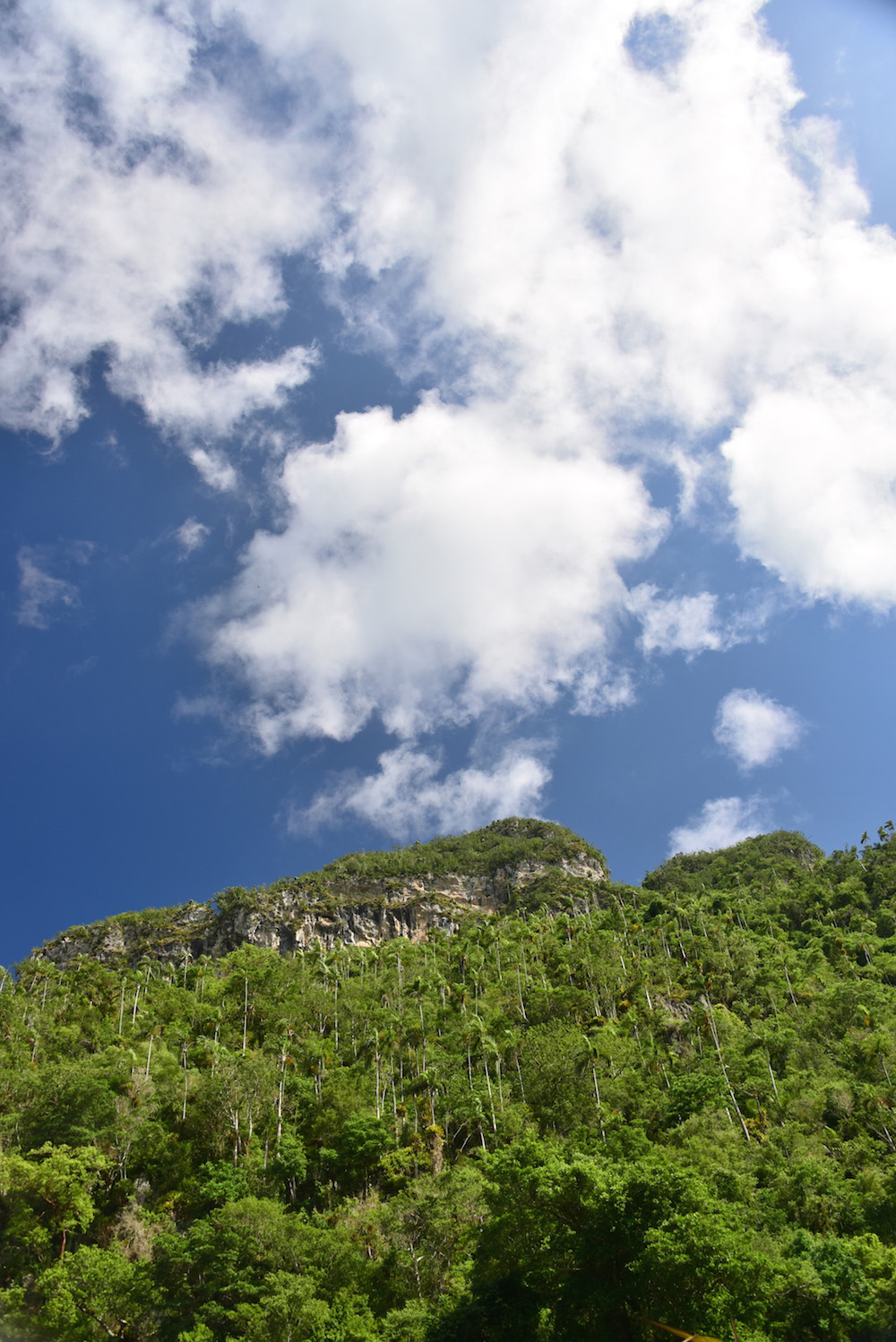
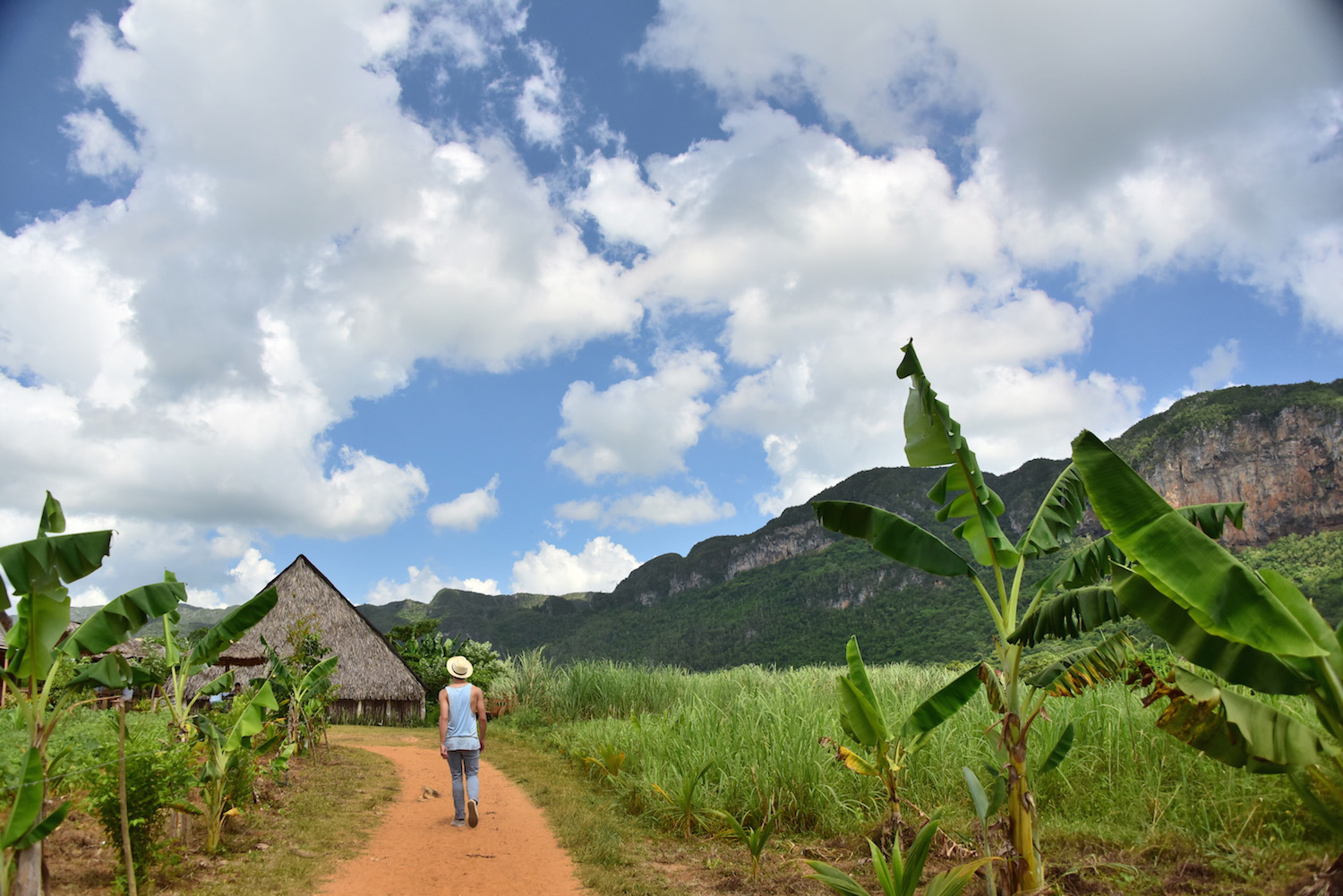
The journey back seemed longer, as every journey always does, and it also seemed sadder, and not only because the clouds were becoming larger and the blue parts of the sky were becoming smaller.
“Y las bananitas,” Domingo instructed his wife, after she’d laid out fresh mangos and pineapples to herald our return, and their daughter was once again pouring us fresh coffee to compliment the cigar we were lighting up. The mood should’ve been congratulatory, maybe even celebratory, but I felt like mourning.
“Claro que sí,” I reassured Domingo as he asked if I would share his information with any of my friends who were coming to Cuba, and clutched the chit of paper with his address and his phone number in my hands.
“And we’ll come back, too,” Dora smiled and hugged him, Chanel translating for her.
I was telling Domingo the truth – I will give any of you who are interested his information, in the comprehensive Cuba guide I’ll be publishing in a couple weeks – but I was also cramping in the pit of my gut. Did I really want such an incredible, real person to become a stock commodity for greedy tourists?
I mean, just as Cuba’s government portrays the country as being in the penultimate phase of the Revolution, here we were near the apex of what it means to travel.
Wandering down a dirt road you’ve never seen before, getting to know a man you never would’ve met if you’d been wandering a second earlier or a second later and exploring a true paradise with him for no other reason than his kindness, which reaches higher than the peaks of all the mountains and the tops of all the clouds around you.
But then, I thought. It would be pretty shitty for someone to keep all the rainwater for themselves, even if it is precious.
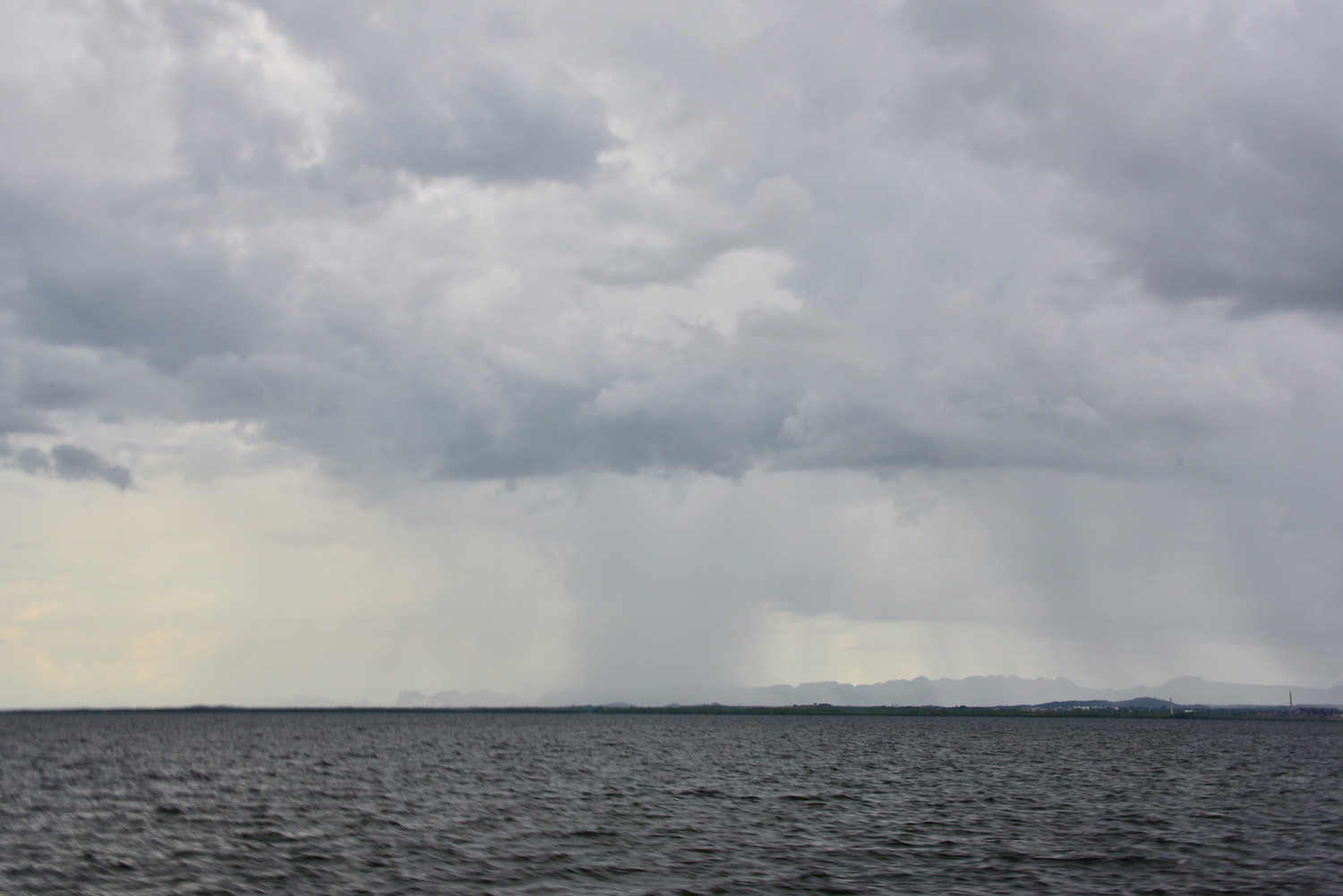
It seemed questionable that the car, a 1950s Chevy, was going to make it up the hill, even without the chilly gusts of wind through the fragile-looking pine trees, which threatened to kill the aging engine for good.
Lightning crashed first to the east, then to the west, then to the north, but not to the south; only a small patch of blue sky remained. Despair dripped down the face of every person we passed – they were mostly loggers and they were all about to get soaked.
We were on our way to the beach.
If the car hadn’t been as loud as it was, I’m sure some half-cynical banter with my compañeras would’ve allowed to me to put into perspective the horrible luck that seemed to have shat all over our sojourn to idyllic Cayo Jutias. But with only the insides of my skull to bounce off of, my harmless thoughts quickly reached the potential energy of day-dooming delusions.

My first impression of the beach was that it was hideous, and that’s if I’m being very nice. No less than half a dozen tour buses and two dozen cars of various ages crowded the tiny parking lot, and those tourists intelligent enough not to swim in the grey water as lightning struck not so far offshore (not many, I’m sad to report) were picking at unappetizing rice-based dishes in a restaurant where I absolutely did not want to eat.
To be sure, it was for lack of anything better to do – we hadn’t driven two hours on pothole-covered roads to head immediately back – that Chanel, Dora and I each ordered an Especialidad de Dia, which appeared to be a plate of yellow-colored feces and vomit seasoned with paprika.
The cute Brazilian sitting next to us rolled his eyes when we asked him if I tasted better than it looked. “Welcome to Cayo Jutias.”
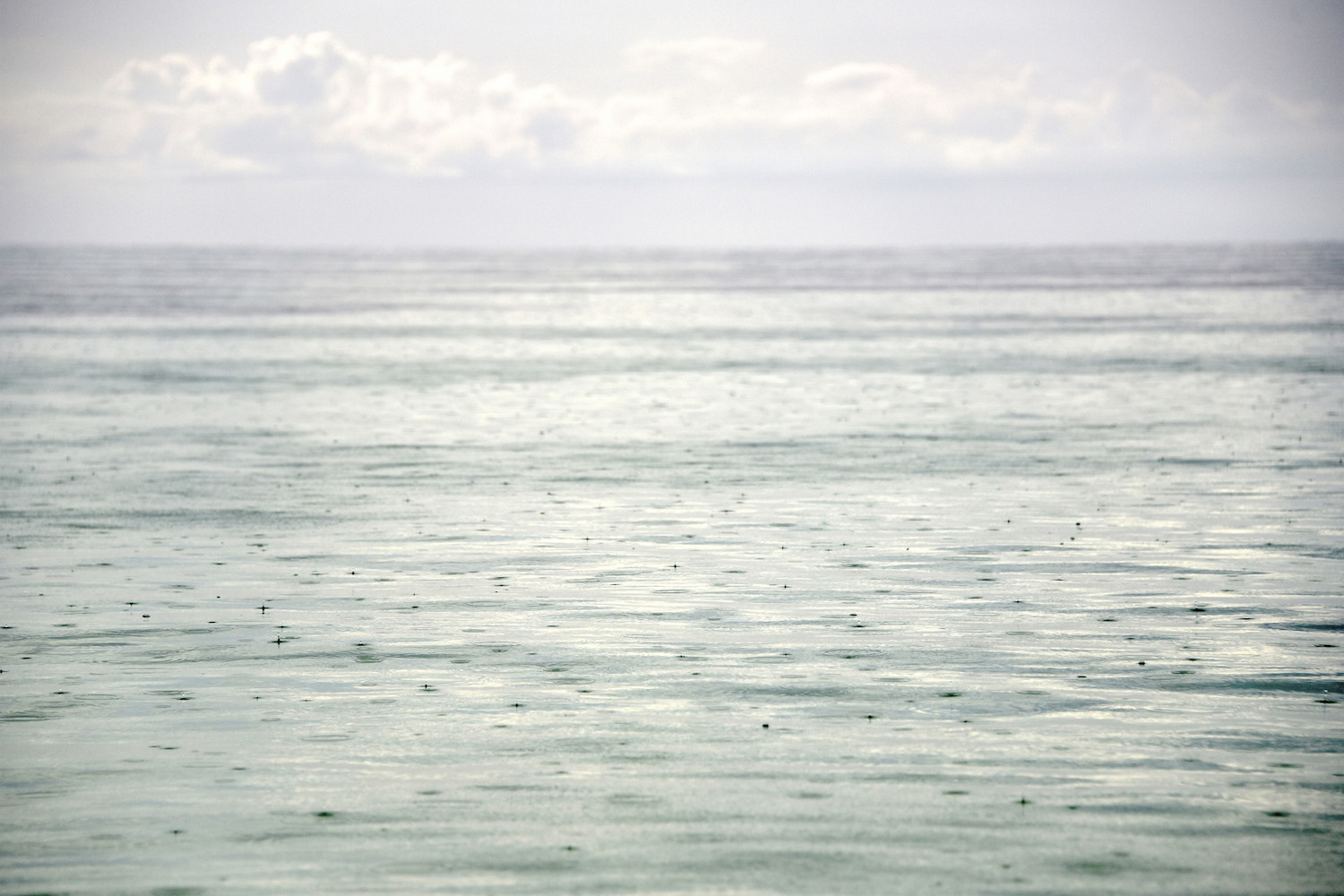

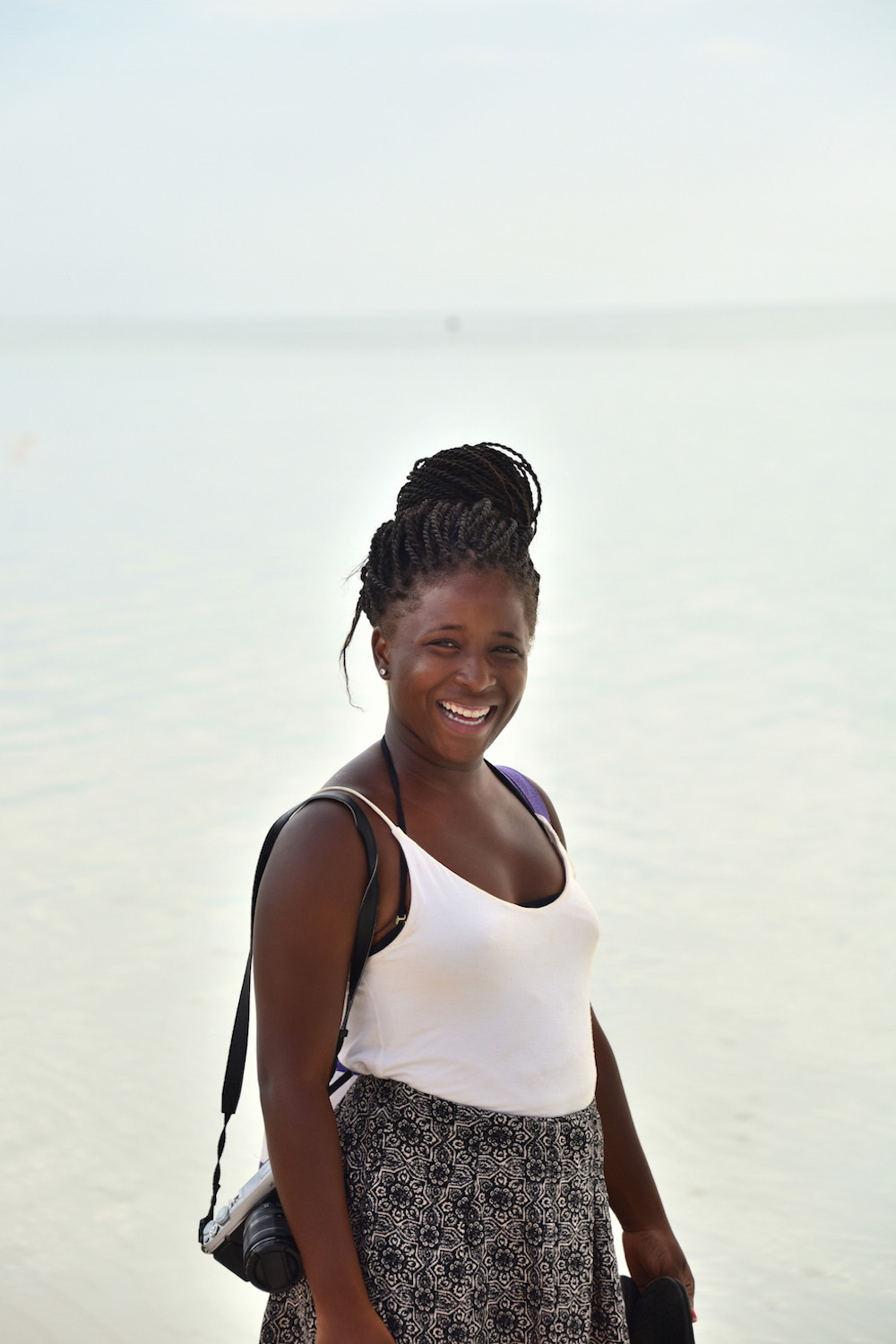
When the sun made its first attempt to shine through the thick blanket of clouds, it was still raining. The sky and the sea were literally the same color – can you imagine being able to swim up into the heavens?
The strange monochrome offshore made the shore itself seem much more intriguing than it otherwise might’ve been. Although a scattering of palms had been planted between the restaurant and the lounge chairs, the prevailing landscape was part mangrove swamp, part pine forest – not what you expect when you think of a Cuban beach.
Eventually, the sky and sea diverged – the sky cooled to periwinkle and the sea cleared to turquoise – and although my dreams of becoming a space sailor vanished along with the threat of rain, I felt strangely inspired: If the Earth itself could replace charcoals with pastels in a matter of hours, why couldn’t I?
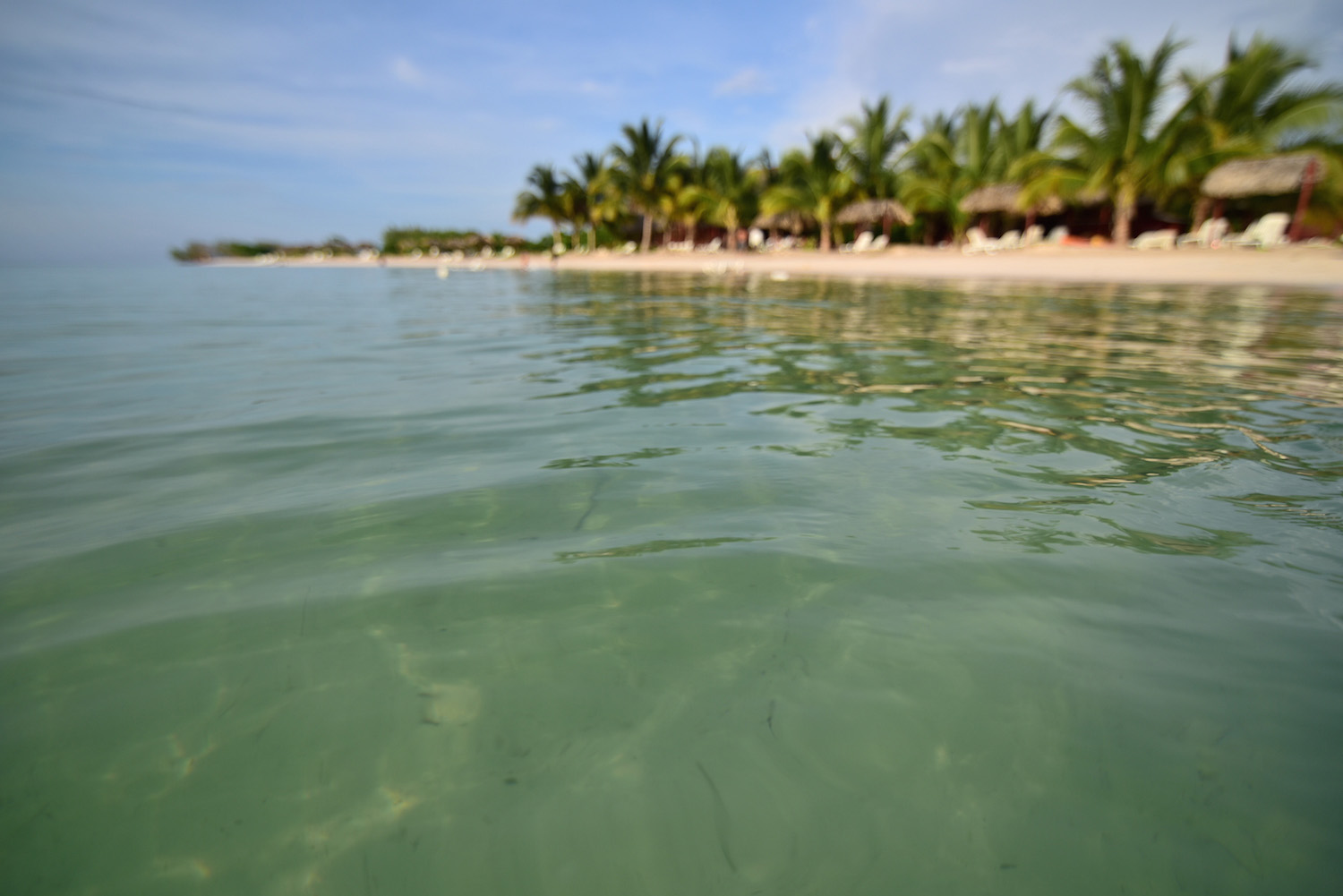
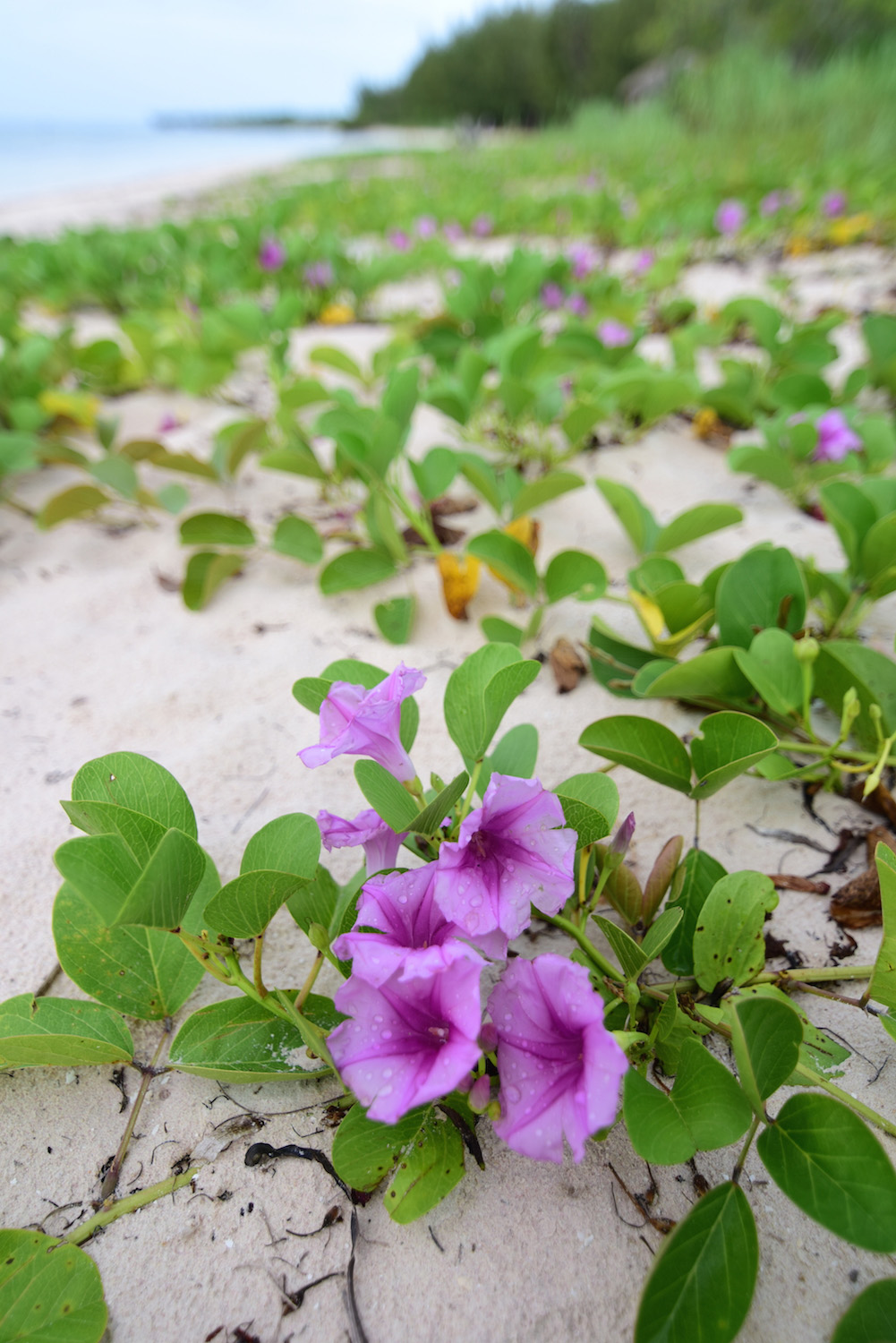

As the sun began its freefall toward the surface of the sea, the palms of the beach resplendent and reflective in its light, I remembered what Domingo had told us about Cayo Jutias at his house the previous day.
“Es una playa muy linda,” he’d smiled, puffed his cigar and solicited affirmation from his wife. “Muy limpia, como paradiso – la playa la mas bonito de la Cuba.”
For all I knew, Domingo had never been to Cayo Jutias, in spite of how jubilantly he sung its praises. In fact I’m almost sure of it, given his life’s simple circumstances – he had simply wanted us to carry the joy that covered our faces like the film of red dust on our shoes with us, to the sea.
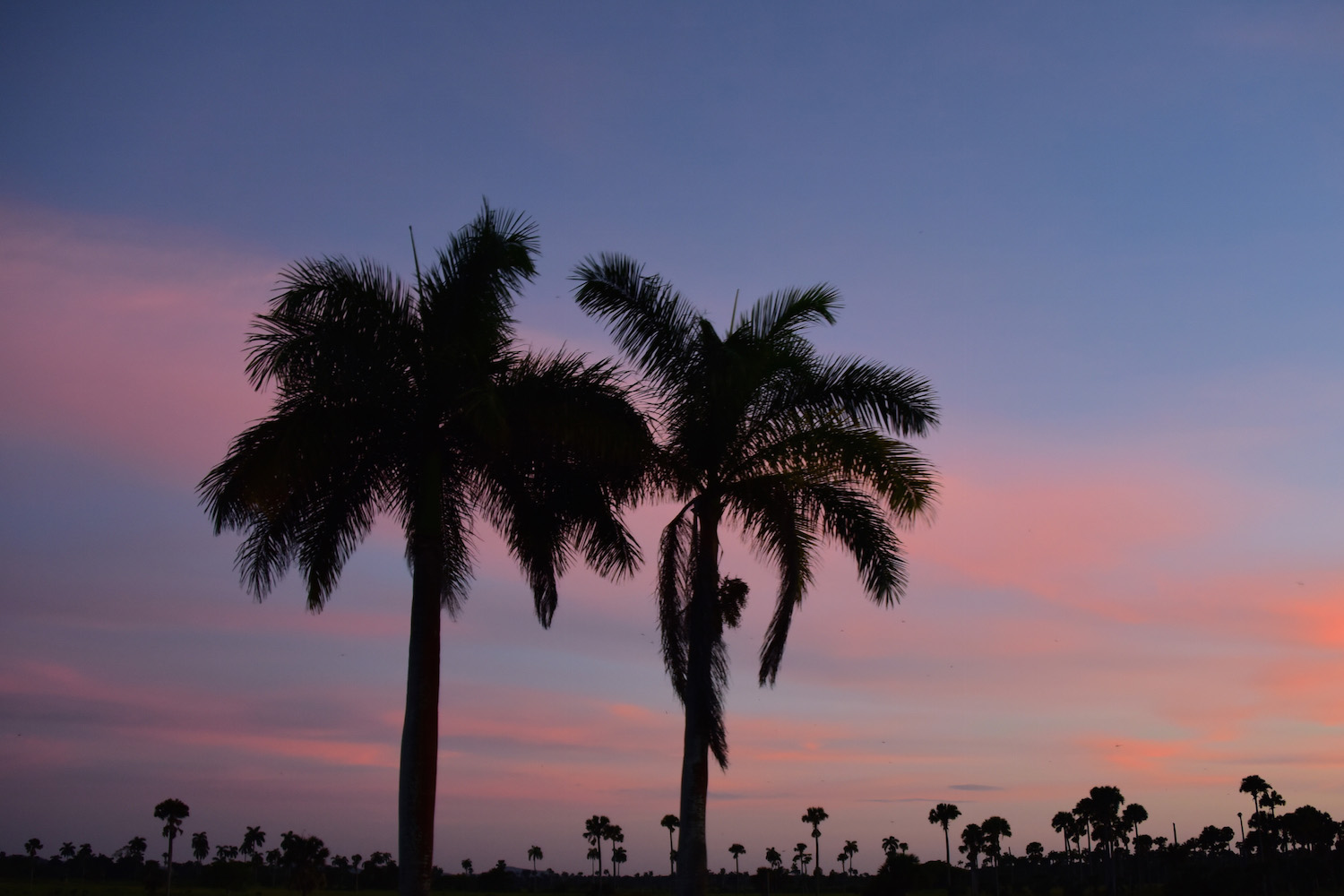
On our way back toward Viñales, I saw the remnants of the storm clouds that had almost ruined our day at the beach directly above us, now painted a brilliant coral – among other things a fitting goodbye to Chanel, who would be headed back to the U.S. the following day.
It seems no matter how many times I write a chorus for the fat lady to sing, only to have her collapse and die just before going on stage, I try my hand at another infectious hook, intent on dominating the charts.
But as the sun finally sank beneath the horizon, memories of the rain as shallow as the puddles in the potholes along the road, the truth was clear like the night sky: Domingo had written the song of today.
FAQ About Visiting Viñales
Is Viñales worth visiting?
Viñales is very much worth visiting, even if you don’t smoke cigars. The mountainous landscape where tobacco grows is absolutely gorgeous, to say nothing of how charming the town is and how relaxed the pace of life in this part of Cuba is, especially compared to Havana.
What is Viñales, Cuba known for?
Viñales is known primarily as being Cuba’s cigar country. Tourists flock here in order not only to smoke, but to experience the dramatic beauty of the landscape, and the laid-back vibe of the town. Arguably, no trip to Cuba is complete without spending at least some time in Viñales.
Where is the Viñales Valley in Cuba?
The Viñales Valley is in far western Cuba, about 3-4 hours west of Havana near the “left tip” of the island. It’s unique because in spite of how mountainous it is, it’s not far from many of Cuba’s best beaches, including Cayo Jutias (which I write about in this post).



